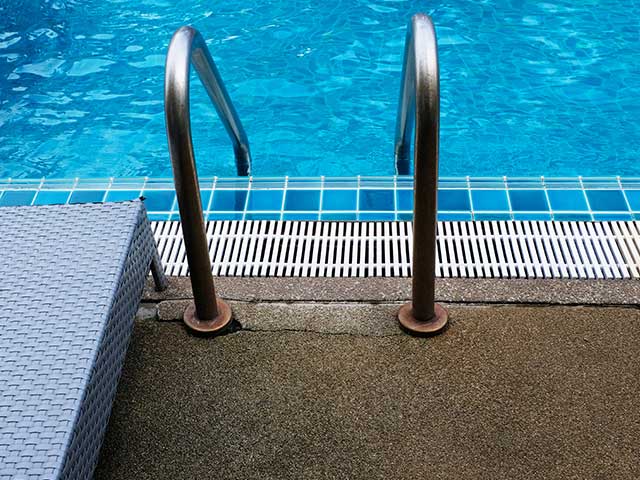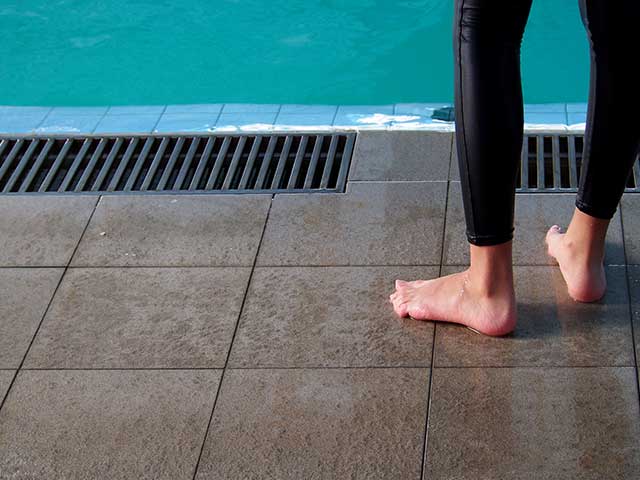Slips trips and falls account for a large proportion of workplace health and safety injuries and personal liability claims. The first step to reduce your risk is to identify potentially slippery surfaces to then assess and ensure that the surface is reasonably safe.
State based occupational health and safety legislation require that floor surfaces within workplaces are reasonably safe from slips trips and falls. Slips trips and falls account for some 20 percent of all workplace health and safety injuries within Australian workplaces, so should you at least have the workplace audited at least once per year.
So why would you conduct a slip risk assessment
The case is simple in that in many instances, it is put down to human error, or that it is not seen as a signifying risk. But over time, slips are generally more hazardous in the built environment than other hazards due to the frequency and injuries that may occur. In many cases human error can also be the explanation, we have seen falls occur in daily life due to people tripping over their own feet. This is where the Slip Check team from Safe Environments can assist to determine whether the hazard is due to the environment, or more likely as a result of biomedical factors and intrinsic pathologies.
The Australian Building Codes Board in 2006 identified through a report that they commissioned that slips trips and falls is the greatest health and safety risk over the lifetime of a building. This is above and beyond the risk injury through fire, earthquakes, cyclones an floods. This starts to be placed into perspective when you start to realise that the only thing that every single person touches when they enter a building, if the floor surface and requires to be addressed accordingly.
Have you conducted slip resistance testing
The Safe Environments Slip Check team recommend testing of all surfaces at the workplace on an annual basis and quarterly for public places such as shopping centres. The slip resistance testing will help to identify slip hazards and to then prioritise where action should first be taken to control the slip related risk.
Slips trips and falls account for a large proportion of workplace health and safety injuries and personal liability claims. The first step to reduce your risk is to identify potentially slippery surfaces to then assess and ensure that the surface is reasonably safe. Methods to identify the current risk include:
- Walk through audits
- Interviewing staff and patrons
- Undertaking slip resistance testing
- Reviewing slip related incidents and their causes
At Slip Check, we have years of experience in assess where the risk may lie and help understand factors which may affect slip resistance and overall safety such as cleaning systems and mechanisms of wear. We also regularly undertake OHS property risk assessments to provide an overall risk profile of the risk of injury due to falls.
For more information in identifying slippery floors, causes and remediation options please contact Slip Check at our Sydney or Melbourne office to discuss further.
Be absolutely assured. Safe Environments is NATA accredited for Noise testing
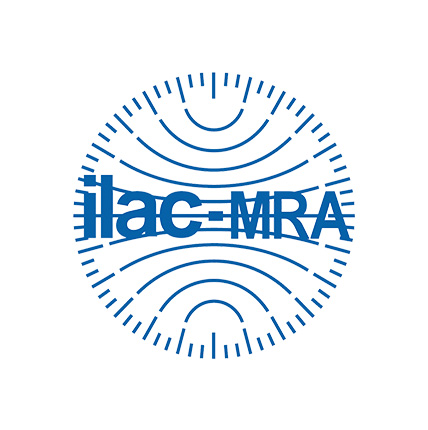
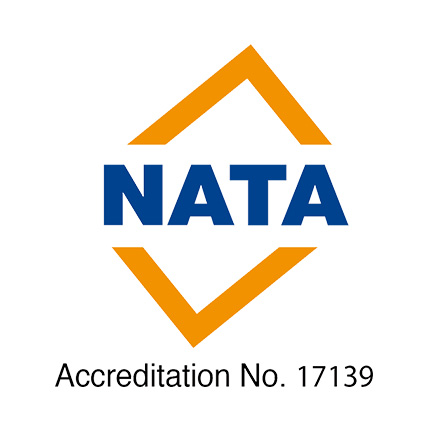
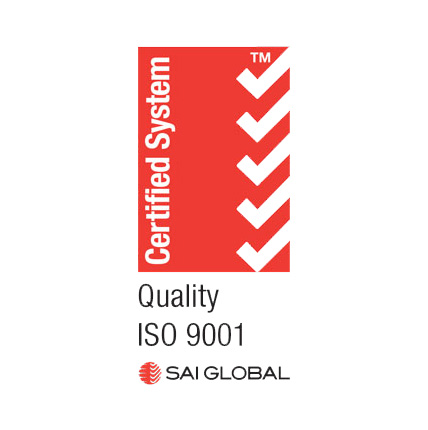
Ensure a Safe Environment
For more information on noise testing or management please contact one of Safe Environments Occupational Hygienists or Noise Consultants located in the following Australian cities:
Melbourne & Victoria
Unit 25, 1 Millers Rd Brooklyn VIC 3012 Australia
NSW - Sydney, Newcastle & Wollongong
Unit 4, 40 Bessemer Street, Blacktown NSW 2148
